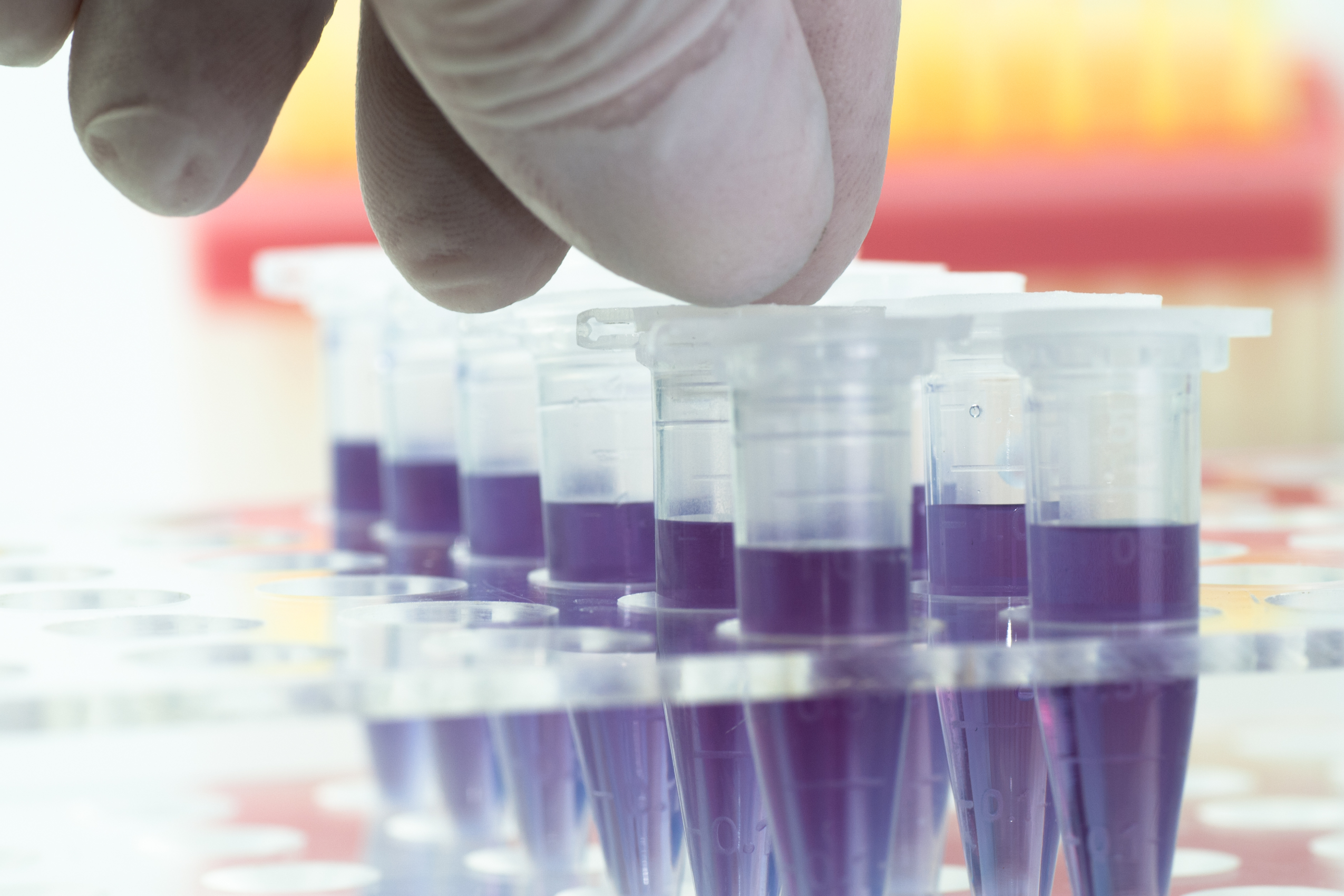Recent pharmacological and genetic evidence in three distinct Alzheimer’s disease (AD) mouse models suggests that the enzyme neutral sphingomyelinase 2 (nSMase2) plays a significant role in tau propagation, a hallmark of AD, and that nSMase2 inhibition could be of use for AD treatment.1,2 While nSmase2 is emerging as an important player in AD etiology, the current armamentarium of nSMase2 inhibitors is inadequate to develop potential treatments.3,4 In collaboration with Drs. Norman Haughey and Radim Nencka, JHDD scientists are developing potent, selective, metabolically stable and brain penetrable nSMase2 inhibitors from the hit compounds identified from high throughput screening efforts in collaboration with the National Center for Advancing Translational sciences (NCATS) and the Institute of Organic Chemistry and Biochemistry (IOCB). As the Therapeutic Core of the Johns Hopkins NIMH Center for Novel Therapeutics for HIV-Associated Neurocognitive Disorders, JHDD is also working closely with other cores of the center to explore the therapeutic utility of nSMase2 inhibitors in HAND.
REFERENCES
- Asai H, Ikezu S, Tsunoda S, Medalla M, Luebke J, Haydar T, Wolozin B, Butovsky O, Kugler S, Ikezu T. Depletion of microglia and inhibition of exosome synthesis halt tau propagation. Nat Neurosci. 2015;18(11):1584-93. doi: 10.1038/nn.4132. PubMed PMID: 26436904; PMCID: PMC4694577.
- Dinkins MB, Enasko J, Hernandez C, Wang G, Kong J, Helwa I, Liu Y, Terry AV, Jr., Bieberich E. Neutral Sphingomyelinase-2 Deficiency Ameliorates Alzheimer’s Disease Pathology and Improves Cognition in the 5XFAD Mouse. J Neurosci. 2016;36(33):8653-67. doi: 10.1523/JNEUROSCI.1429-16.2016. PubMed PMID: 27535912; PMCID: PMC4987436.
- Figuera-Losada M, Stathis M, Dorskind JM, Thomas AG, Bandaru VV, Yoo SW, Westwood NJ, Rogers GW, McArthur JC, Haughey NJ, Slusher BS, Rojas C. Cambinol, a novel inhibitor of neutral sphingomyelinase 2 shows neuroprotective properties. PLoS One. 2015;10(5):e0124481. doi: 10.1371/journal.pone.0124481. PubMed PMID: 26010541; PMCID: PMC4444023.
- Luberto C, Hassler DF, Signorelli P, Okamoto Y, Sawai H, Boros E, Hazen-Martin DJ, Obeid LM, Hannun YA, Smith GK. Inhibition of tumor necrosis factor-induced cell death in MCF7 by a novel inhibitor of neutral sphingomyelinase. J Biol Chem. 2002;277(43):41128-39. doi: 10.1074/jbc.M206747200. PubMed PMID: 12154098.


